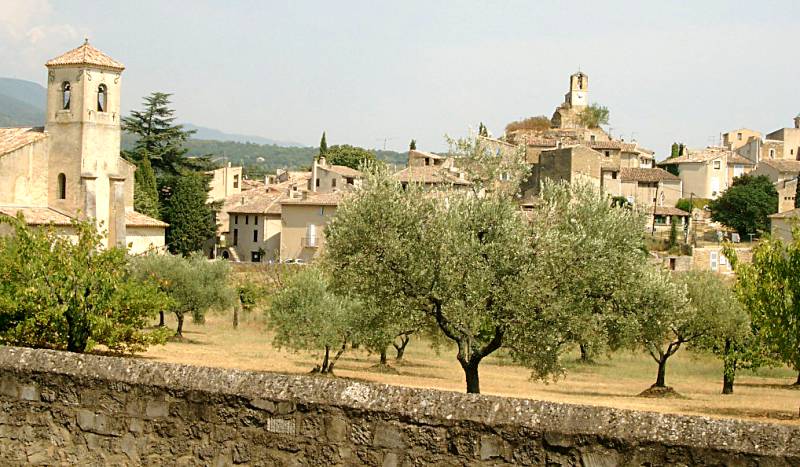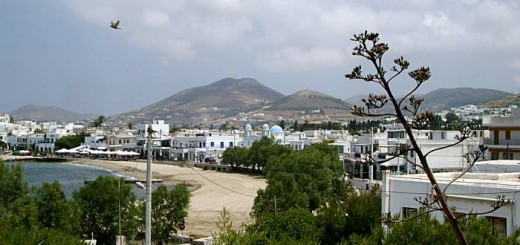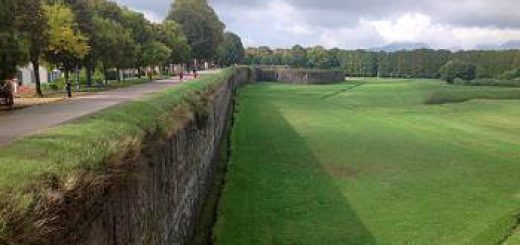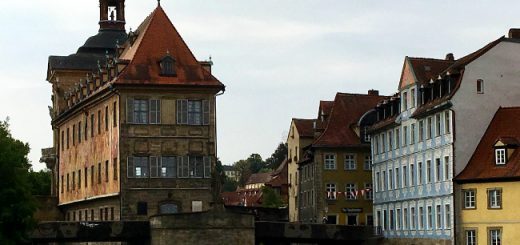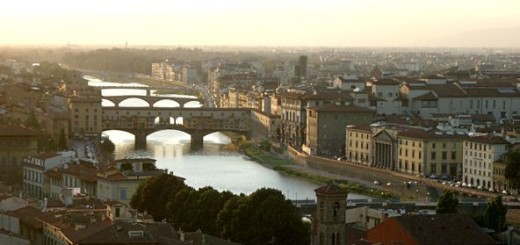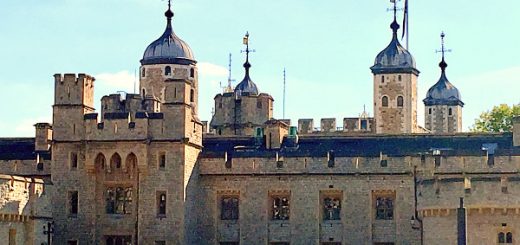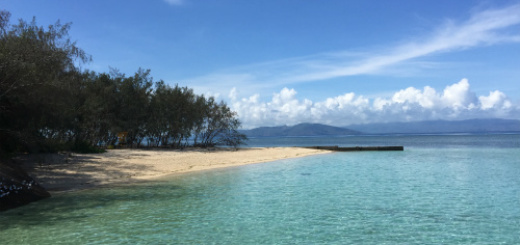Vaucluse – Provence
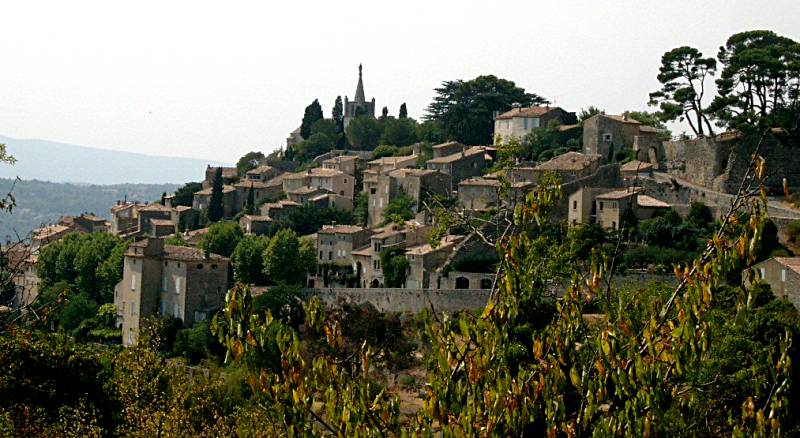
The Vaucluse department of Provence incorporates the cities of Orange, Avignon, some very famous wineries such as those around Châteauneuf-du-Pape, and many touristic sites. This area is so rich in history with charming little ‘perched’ villages set into the hillsides such as Gordes and Bonnieux. Peter Mayle’s best seller, “A Year in Provence”, was just the right book to read in preparation for this visit.
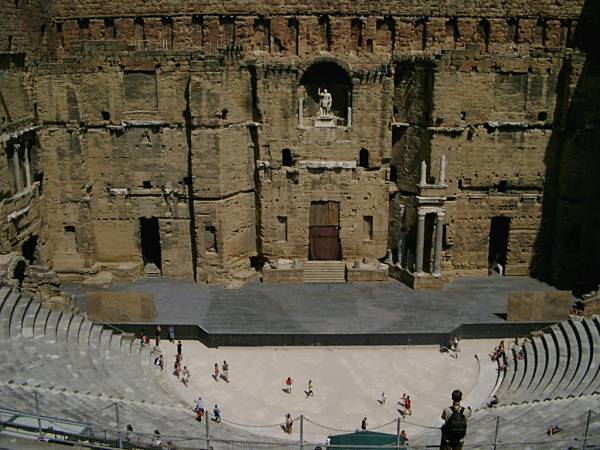
Driving south down the A7, the first major city we came to in the department is Orange. Famous for having been a colony of the Romans, from 35BC, it still proudly displays much Roman architecture, such as the impressive Théâtre Antique and the Triumphal Arch, now a UNESCO World Heritage site. Since its restoration, the theatre has been used for music festivals and is now famous as the venue of an international opera festival.
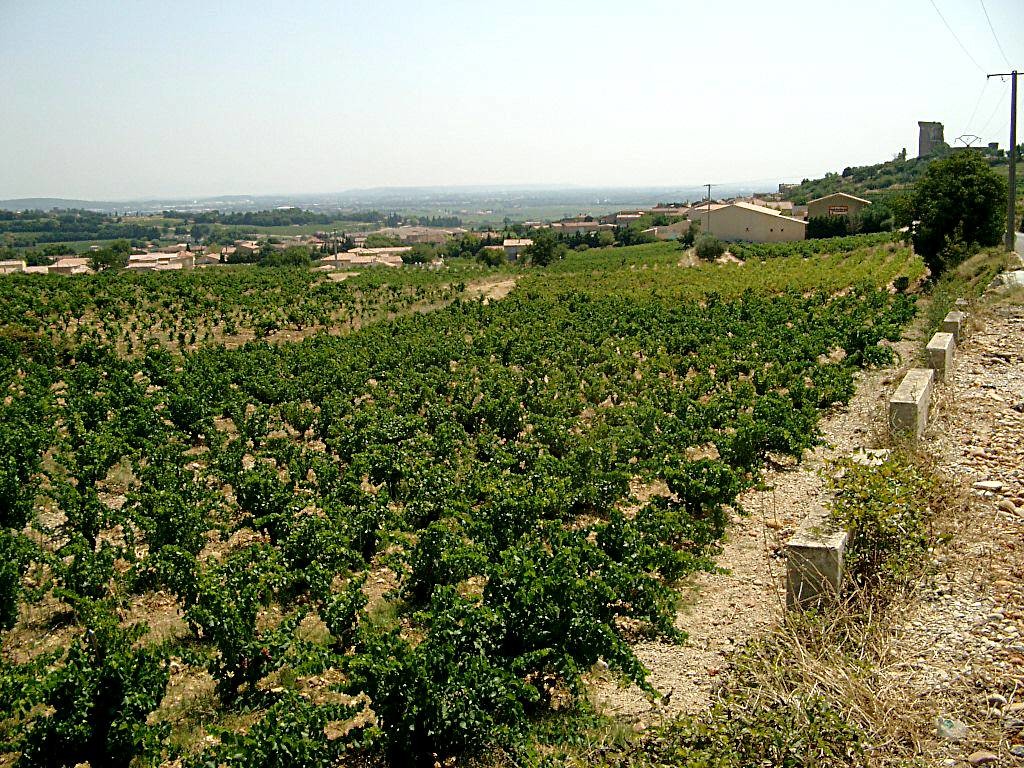
We couldn’t go past the village of Châteauneuf-du-Pape without sampling the world-famous wines and seeing the vineyards. A now-ruined mediaeval castle, which was built for Pope John XXII and after which the village became known, sits at the top of the village and dominates the landscape to the south. Almost all the land around it is planted with grapevines, predominantly producing red wine. Traditionally, the Appelation rules permit the growing of thirteen different varieties of grape in red wine but the blend is usually Grenache with varying amounts of Mourvedre or Syrah.
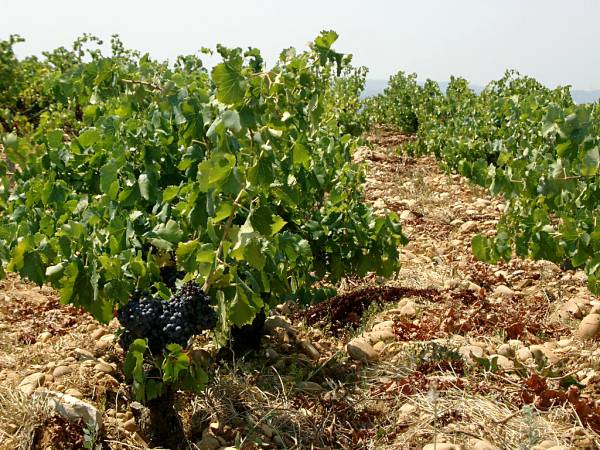
The characteristic terroir of Châteauneuf-du-Pape comes from a layer of stones called galets which store heat from the sun and release it at night, thus hastening the ripening period. Vineyards are limited in vine density, the amount of irrigation, harvesting by hand and the output per hectare. The wines are high in alcohol and tannins, allowing them to remain cellared for many years. We walked the narrow, windy, cobble stone streets of the village and called in to a couple of the estate caves for a tasting.
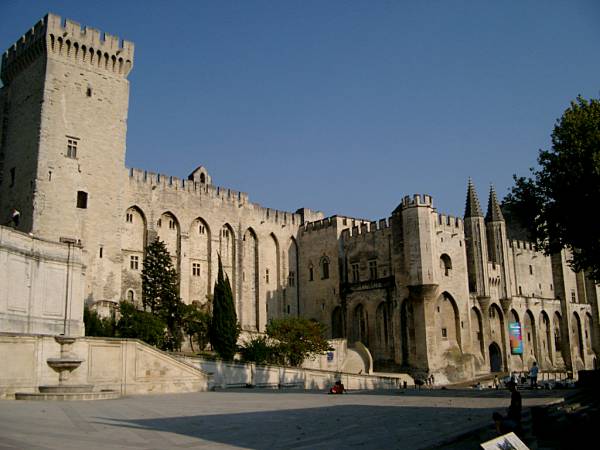
Further south the city of Avignon lays claim to having been the seat of the Popes during the 14th century. The historic centre is enclosed by some of the best medieval ramparts still in existence.
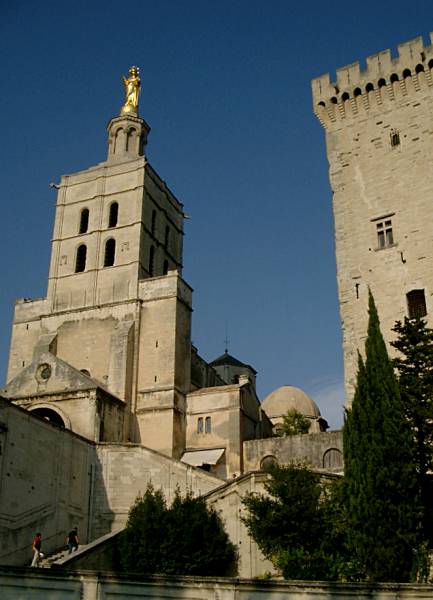
The Palais des Papes, the Cathedral of Notre Dame des Doms with a gilt Virgin Mary towering above, and the Pont d’Avignon (Pont St Bénézet) over the Rhône river, became a UNESCO World Heritage Site in 1995.

This, together with its annual festival, makes Avignon a major centre for tourism. We wandered the main Avenue de la République and Place L’Horloge where we found a restaurant which served bull stew – very tasty!
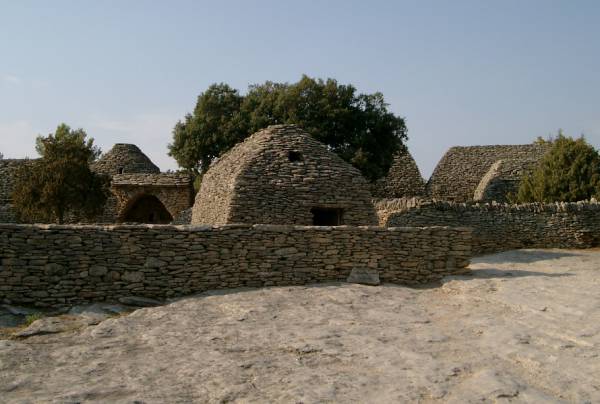
In the Luberon range, the historic Village des Bories near Gordes is amazing to see – a hamlet of 28 dry-stone buildings created from the clearing of farming land and set in seven clusters. The stones, without use of mortar, have been skillfully stacked into huts with corbelled vault ceilings. Uses of the huts include houses, stables, sheepfolds, barns, grain lofts, silkworm factories and bakehouses, vat houses and tanning mills, henhouses, pig sties and goat shelters. Restored and classified as an historical monument, it has been an open-air museum since 1976. The origin of the village is difficult to determine, but most indications are that it dates largely from the 18th Century.

Gordes, itself, is also quite a sight and must be one of the most photographed villages in Provence.
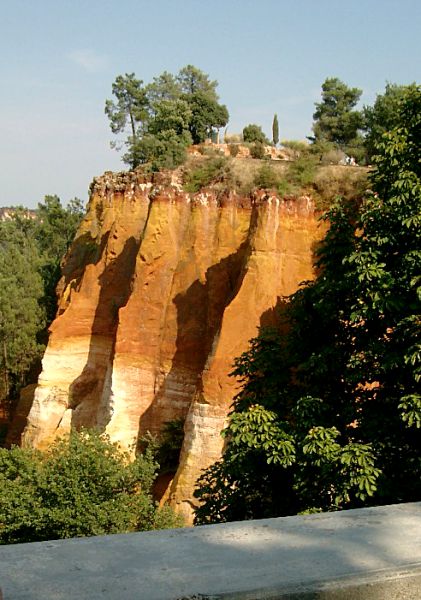
Another village which draws photographers is Roussillon – known for the rich deposits of ochre pigments found in the clay near the village.

Not only do the cliffs display vivid colours of yellow, orange and red, best seen near sunset, but the buildings in the pretty town are also in ochre tones with brightly painted doors and shutters.

These small villages in the Luberon are known as perched villages because they cling to the sides of steep hillside or cliffs. While driving through Bonnieux we were fascinated by a small hotel built right into the rock cliff-face.
Another village, Lourmarin, listed as “one of the most beautiful villages in France”, nestles in the middle of vineyards, olive groves and almond trees. Albert Camus, winner of the Nobel Literature Prize, lived and wrote here.
Related articles
- Avignon city guide: what to see plus the best bars, restaurants and hotels (theguardian.com)
- Weird Decor: What’s a Borie Hut? (apartmenttherapy.com)
- Excellent Gigondas 2010 from Les Pallières (biggerthanyourhead.net)
